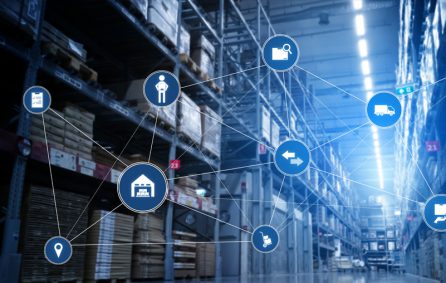Manufacturing & Supply Chain in Two-Tier ERP
Two-Tier ERP scenarios in the SAP S/4HANA Cloud solution paves a way for the manufacturing subsidiaries to overcome the challenges of demand variability, fluctuating production and regional compliance requirements. It helps the manufacturing subsidiaries to have a customer centric growth by supporting new business models which doesn’t exist in headquarter. It also supports the organizations to have integrated processes between headquarter and subsidiaries using different integration techniques.

What is Two-Tier ERP?
Global organizations are increasingly adopting a Two-Tier enterprise resource planning (ERP) strategy to run their global businesses on two or more ERP systems to meet their market needs. Two-tier ERP is an approach to enterprise resource planning technology that uses two systems to address the needs of large businesses with multiple locations and/or subsidiaries. Under this strategy, headquarters will use a Tier 1 ERP that’s highly customized and has the functionality to run a large, global company, while subsidiaries or smaller business units use a less resource-intensive Tier 2 ERP that better suits their needs.
With two-tier ERP, the business integrates the two ERP systems, so information automatically flows from Tier 2 to Tier 1. This allows for master data management, or a single source of accurate data for the entire enterprise. Although the responsibilities of each system can vary, the Tier 1 software often handles core business functions like finance, human resources, and procurement. The Tier 2 system manages activities, like sales, marketing, or manufacturing processes, that are more specific to each subsidiary or location.
Two-Tier ERP for Manufacturing
Two-Tier ERP scenarios in the SAP S/4HANA Cloud solution paves a way for the manufacturing subsidiaries to overcome the challenges of demand variability, fluctuating production and regional compliance requirements. It helps the manufacturing subsidiaries to have a customer centric growth by supporting new business models which doesn’t exist in headquarter. It also supports the organizations to have integrated processes between headquarter and subsidiaries using different integration techniques. Below are few of the items for Manufacturing and Supply chain as part of SAP S/4HANA Cloud
- Enable Manufacturing Subsidiary to Handle Assembly for Headquarter
- Just-In-Time Supply to Customer
- Make-to-Order Production – Semi-finished Goods Planning and Assembly
- Subsidiary as Production Unit and Internal Supplier to Headquarters
- Production Operations with SAP Manufacturing Execution
- Order-Based Transportation Consolidation – Outbound








